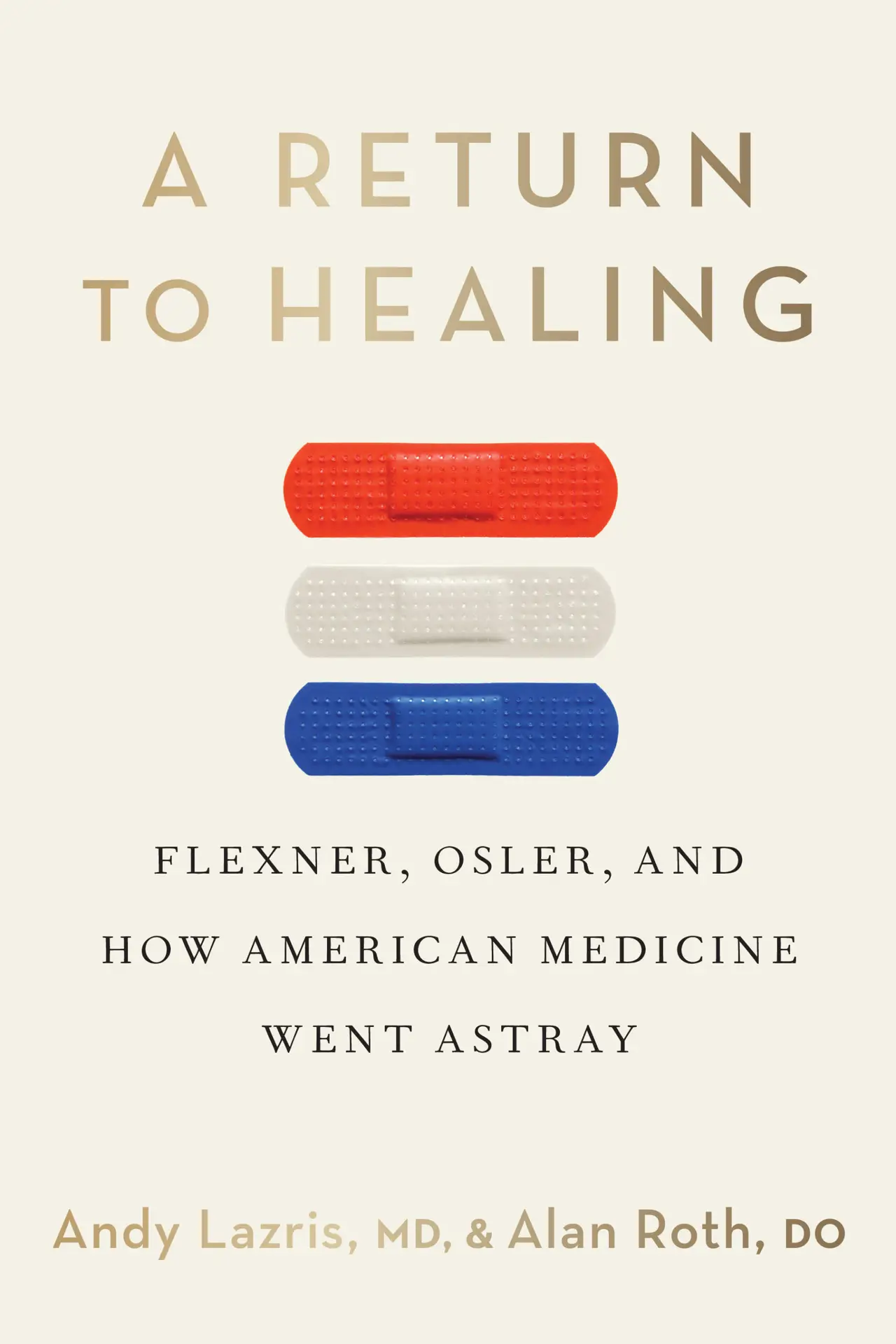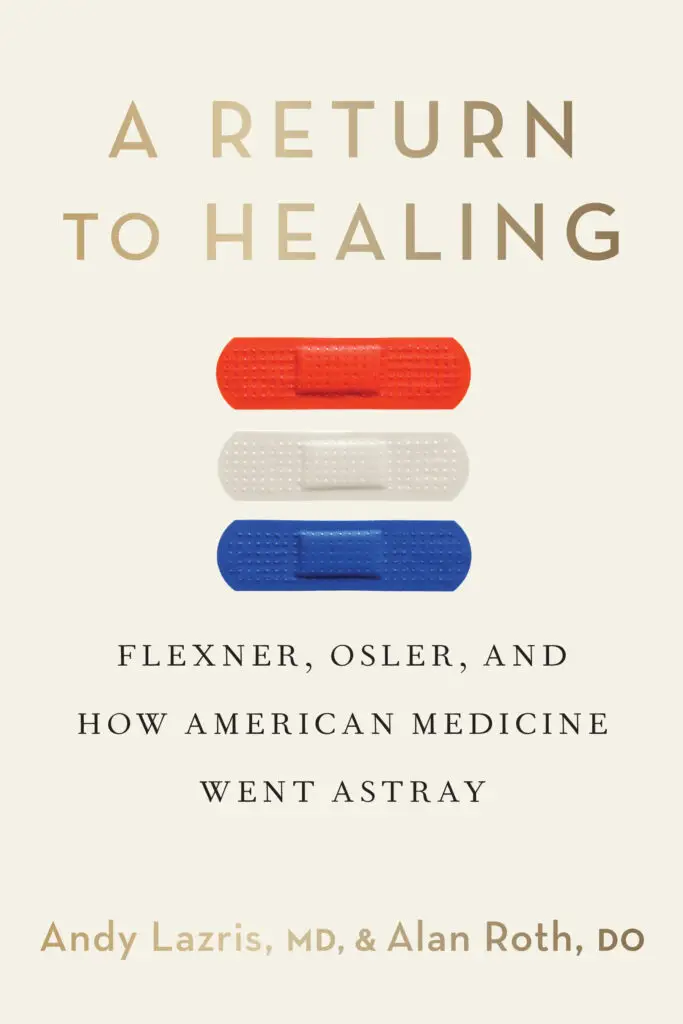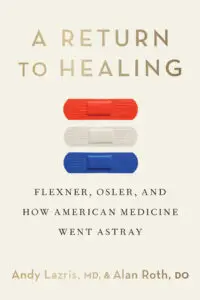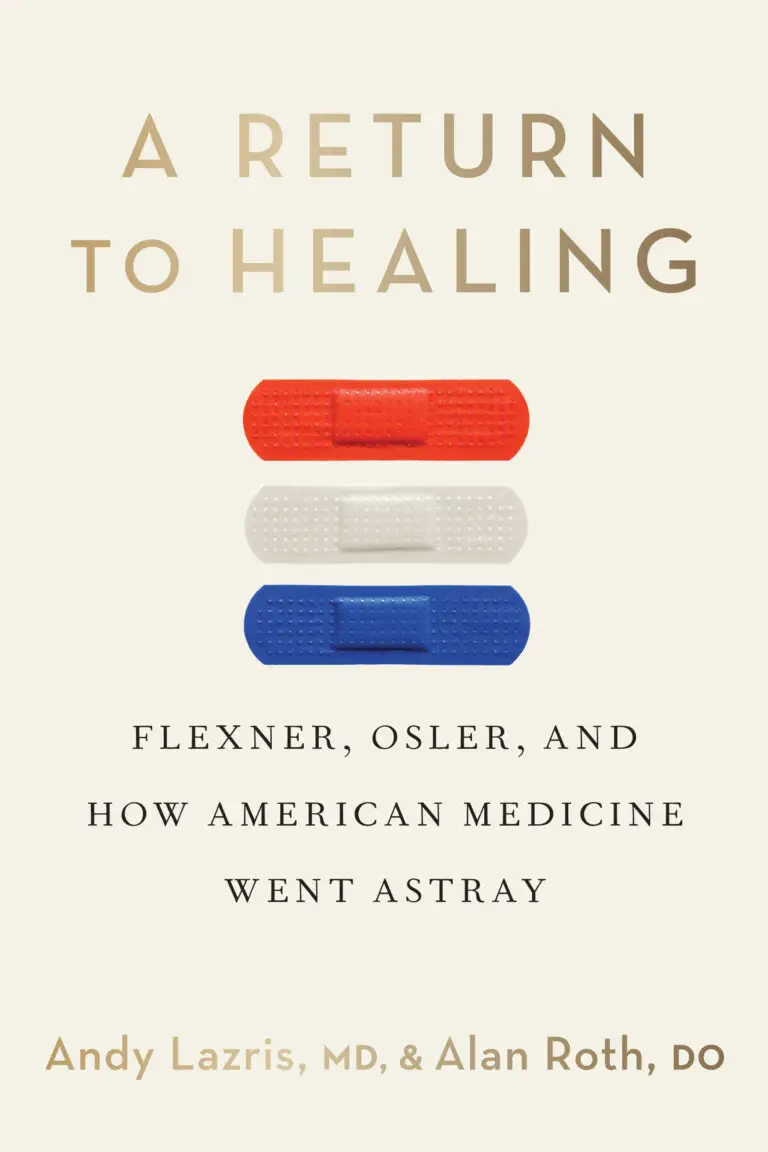Routine heart tests may sound reassuring—but for patients without symptoms, they can do more harm than good.
In this insightful article from American Family Physician, Drs. Alan Roth, Andy Lazris, and Sarju Ganatra explore the overuse of cardiac testing in asymptomatic patients and the unintended consequences of unnecessary screening. From electrocardiograms (EKGs) and stress tests to coronary artery calcium scoring, they unpack how routine testing often fails to improve outcomes—and can even lead to harmful interventions.
The Hidden Risks of Routine Testing
While these tests are designed to detect potential heart problems early, the article shows that in low-risk, asymptomatic patients, they’re more likely to produce false positives that trigger a cascade of unnecessary procedures, including invasive cardiac catheterizations. These “just in case” tests can result in patient anxiety, overtreatment, and higher costs, all without clear benefit.
A Smarter, Evidence-Based Approach
The authors advocate for a more targeted, evidence-based approach—one that uses validated risk assessment tools and prioritizes shared decision-making between physicians and patients. Their message aligns closely with the themes in A Return to Healing: healthcare must shift away from reflexive over-testing and back toward patient-centered, individualized care.
If you’re a clinician, patient, or healthcare reform advocate, this article is a valuable read—and a clear example of how modern medicine must rethink its approach to testing and prevention.
🔍 What You’ll Learn:
Why asymptomatic patients may face more risk than benefit from cardiac screening
The high cost and low yield of tests like nuclear stress imaging and cardiac catheterization
How false positives can result in a cascade of unnecessary procedures
Alternatives rooted in validated risk assessment and clinical judgment
The article highlights the importance of choosing wisely—prioritizing patient-centered, evidence-based care over habitual screening.
If you found this article compelling, explore similar themes in A Return to Healing, where Dr. Lazris and Dr. Roth expand on how to fix the system at large.







